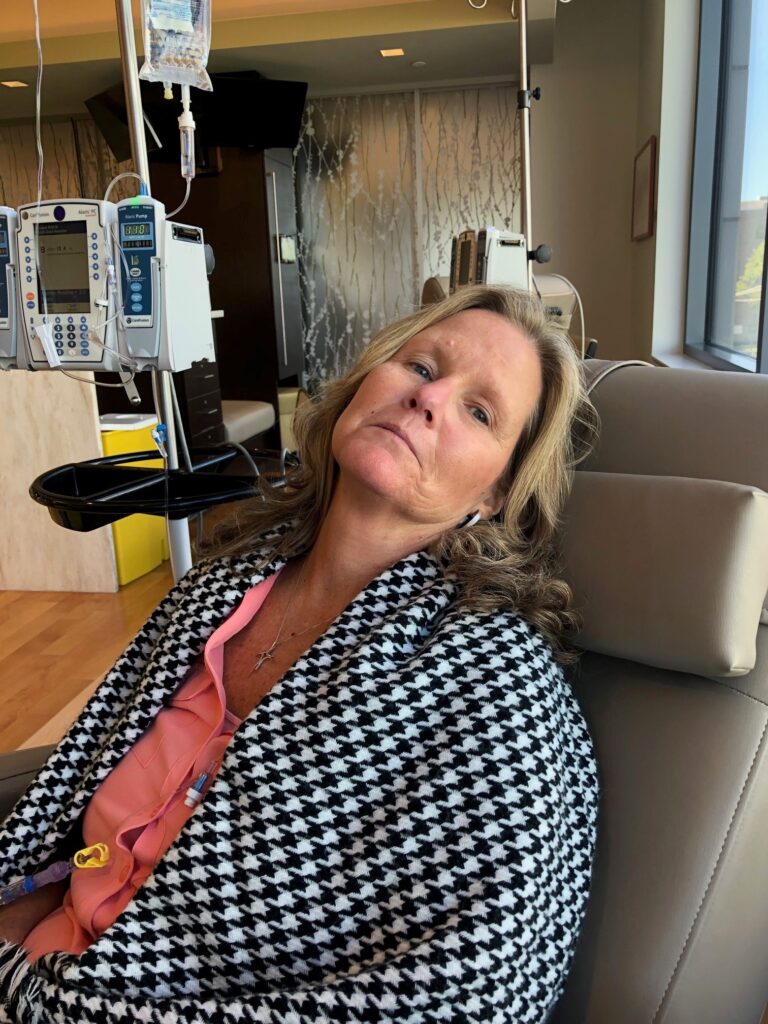
Ovarian Cancer
Today, ovarian cancer is practically a death sentence. Survival rates over the last five years remain low and unchanged at 35%.
1American Cancer Society. Cancer Facts & Figures 2023. Atlanta, Ga: American Cancer Society; 2023.
Only 17% of women diagnosed with Ovarian Cancer are at an early stage because there are currently no tools that reliably detect ovarian cancer early. Researchers are hard at work developing methods to change this, including identifying unique biomarkers, highly sensitive blood tests, and non-invasive biopsies.
Our Mission to provide funding directly to researchers helps to accelerate this work. Every dollar a researcher receives is time they can spent on these medical advancements instead of applying for grants.
Ovarian cancer is the deadliest of all gynecological cancers. The Barbara T. Foundation focuses 100% of its time and resources on the prevention, detection and cure of ovarian cancer.
A woman’s lifetime risk of developing Ovarian Cancer is 1 in 78, and a woman’s lifetime risk of dying from Ovarian Cancer is 1 in 108.
The American Cancer Society estimates for ovarian cancer in the United States for 2023 are1:
- About 19,710 women will receive a new diagnosis of ovarian cancer.
- About 13,270 women will die from ovarian cancer.
You may be at increased risk if you have certain genetic mutations, such as BRCA1/2, if you have a family history of breast, pancreatic, or ovarian cancer, a personal history of breast cancer, or if you are Ashkenazi Jewish.
If you are concerned that you may be at increased risk, please reach out to your provider or a genetic counselor. Genetic counselors can be found here.
LEARN MORE https://www.cdc.gov/cancer/ovarian/

